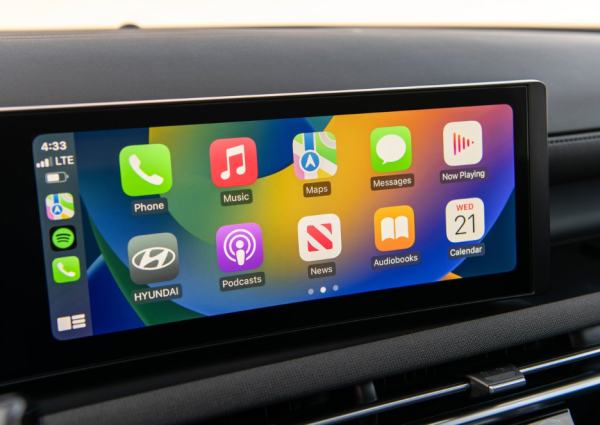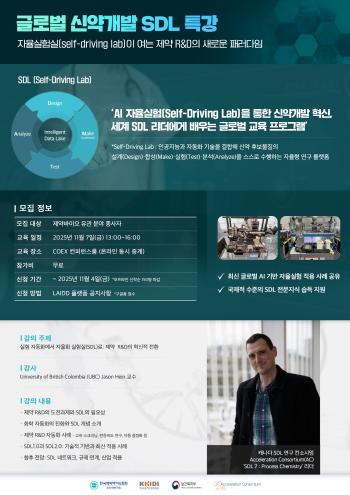Sunroof, right-wing detection wipers, automatic parking..Top 4 Most Useless Options
Jun 06, 2025
|
If you think about your favorite new car technology, you can see what it's like. Features such as adaptive cruise control for long-distance driving, blind spot monitoring for safe lane changes, and wireless Apple CarPlay interworking for smooth smartphone mirroring.
While there are general features that most drivers use and are satisfied with, there are also some that are not very preferred that make driving more difficult. In the race to provide more convenience, safety, and future-oriented appeal, automakers have filled their vehicles with these features, calling them cutting-edge.
I bet at least theoretically it will make driving more enjoyable than it would be without it.However, in reality, many of these innovations are either underutilized or forgotten.Some automotive functions, such as unclear functions, poor user experiences, or simple indifference, do not fully demonstrate their value.
Automakers decide which technology to apply to vehicles through surveys, focus groups, reviews, and regulatory requirements and safety standards.These studies focus on what buyers want and how technology can be integrated into vehicles. Unfortunately, however, it does not always bring good results.We introduce four car features that are rarely used by anyone, overlooked or criticized.
The first sunroof is usually a fixed or sliding/tilting glass panel.These functions deliver a luxurious appearance as well as fresh air, sunshine, and scenery that everyone can enjoy. It has emerged as a high-end option or basic specification for luxury vehicles and has recently become more widespread.
The reporter also had to have a sunroof when he bought two new cars.But even the most recent used car I bought has a sunroof. The problem is rarely written, but there is. When I park, I only open the sunroof when my child wants to stick his head over the stake.There's also a car with a full panoramic glass roof, which is really inefficient.
Some car owners have had an accident where the glass roof suddenly breaks, which is not only unsafe and dangerous, but also expensive to replace.According to the industry, the feature is typically frequently used within the first month of vehicle purchase but is often rarely used thereafter.
The reason is that while driving, the driver and passenger suffer from the wind, the ears are noisy, and the eyes are full of sunlight. Moreover, it is not used at all when it rains or air pollution is severe. For those who live in cold climates for a considerable period of the year, this function is rarely needed.
Another problem is maintenance.The sunroof actuating device and drain may fail or become clogged. This leads to expensive repairs and leaks.Who wants water in the car? No one would want it.
It's the second right wing detection wiper. When it was first released it seemed like a great solution to intermittent wiper adjustments.What genius created such a system that detects rain and operates wipers without the driver doing anything?Rain Sensing Wiper was an incredible new technology that demonstrated the convenience of the latest car, but it's actually terrible.
Source:Autoblog
Source:Autoblog
Because the sensor rarely works properly.The sensors in the rear-view mirror are too sensitive to operate the wipers unnecessarily, and heavy rain may cause the wipers to not function properly.Either way, rain sensing wipers are really annoying.
Many drivers, like us, turn it off or not turn it on at all.Use only intermittent wipers or mist functions and manually adjust according to changes in precipitation.This is one of the important signs that the technology is annoying. Drivers prefer direct manipulation rather than relying on features that will make life easier.
In the end, even though right-wing detection wipers can be useful in theory, they often fall short of expectations.Many drivers often return to traditional manual manipulations that provide better predictability and peace of mind.
The third is the voice command system. I know that some car manufacturers' voice recognition systems are great, but this feature feels too unfamiliar for everyday use.Of course, we often use Siri, Alexa, and Google Assistant as best friends. Automakers' own systems are generally not as good as they are.
The idea is simple. It allows the driver to focus on the steering wheel and the eyes on the road while controlling navigation, music, air conditioning systems, and phone calls with voice commands.However, in practice, voice control is one of the least utilized, and sometimes irritating, features in modern cars. Despite significant advances over the years, speech systems still struggle with natural language recognition.
Sometimes you don't recognize commands, or you type too little or too much to deliver commands properly.Drivers repeat the same words, scream, or give up altogether if they don't get the desired response or necessary function.Moreover, the accuracy drops sharply due to accents, background noise, or uncommon names.
As a result, many car owners prefer a more powerful voice assistant on their phones instead of a built-in voice command system. Voice commands are still a promising concept, but their capabilities are still insufficient.It is highly likely that automakers will not be utilized properly until they fill the performance gap with mobile technology.
The fourth is the automatic parking function. I've tried this feature on several vehicles.Some vehicles were better than others, but it was never a satisfactory experience.It's too slow, and taking your hands off the steering wheel when you're reversing is disturbing as if you're leaving a five-year-old with an arc welder.
Handing over steering control to a car during precise manipulation makes many drivers anxious.Even after a successful demonstration, questions often arise.Will the car reach the curb? Are we properly judging the space? What if a pedestrian passes by? Why did they buy such a big car? For many people, the anxiety about using this feature outweighs the potential benefits.
None of these systems can perform parallel parking as quickly as the skilled driver. We can usually parallel park within 10 seconds, but parking assistance systems tend to operate at a discreet and sometimes painfully slow rate.For congested local drivers, it is an inconvenient factor that causes traffic congestion.
Knowing that the system often requires a few extra feet of space on both sides to work effectively, this feature is rarely used in practice. It is also not intuitive. Sometimes, parking assistance misses the perfect parking space. Maybe it's because it went too fast or stopped too late.
Then the system restarts. It's a really annoying moment.If the parking assistance system detects the parking space, the parking system shall be activated for operation. Manual parking is faster and more intuitive. Most drivers will continue to rely on their skills, even if they are not perfect.
The latest cars are full of features that make driving easier, safer, or more enjoyable.However, new technology does not always lead to a better experience, as indicated by the sunroof, rain sensing wipers, voice commands, and auto-parking aids.
This is especially true when the technology is lacking, unreliable, or inconsistent with what the driver actually wants.Automakers are constantly innovating. The real challenge is not to add more features, but to truly improve the driving experience by identifying whether the features already provided work properly and are easy to use.
N2MT07||text parameter is needed (text 파라미터가 필요합니다.)
Editor Song Moon-chul mc.song@carguy.kr
This article was translated by Naver AI translator.














